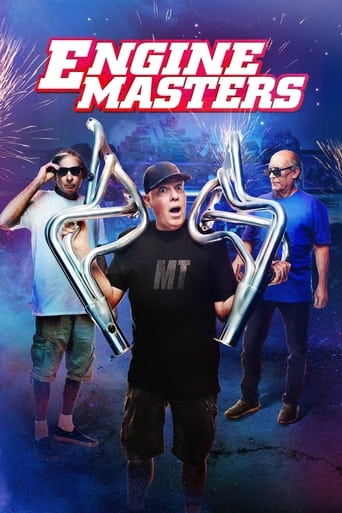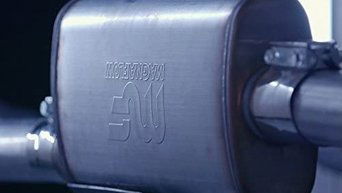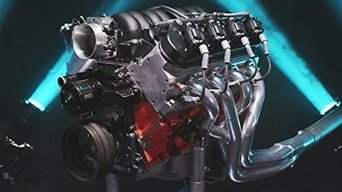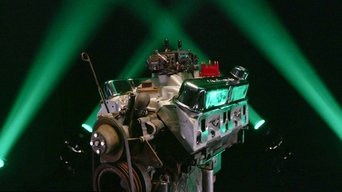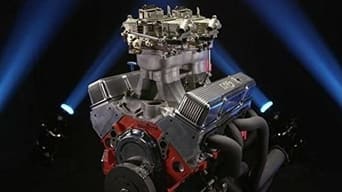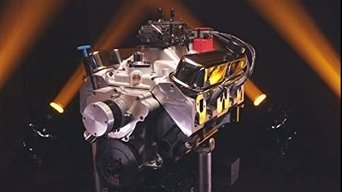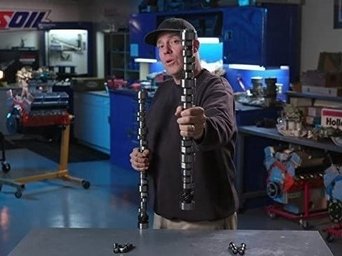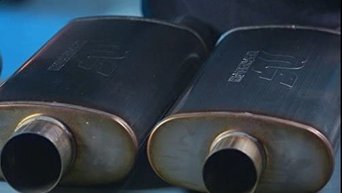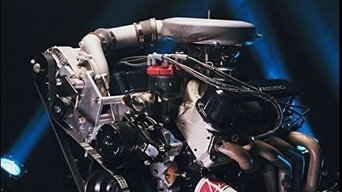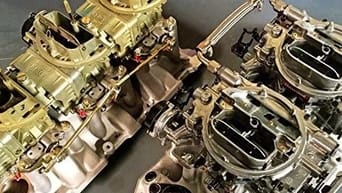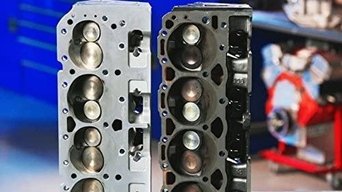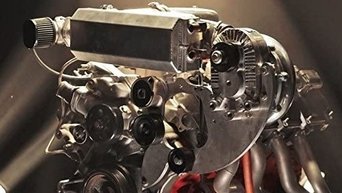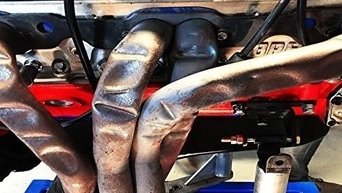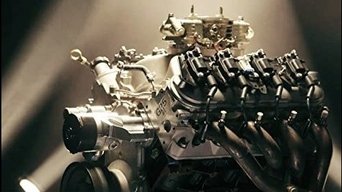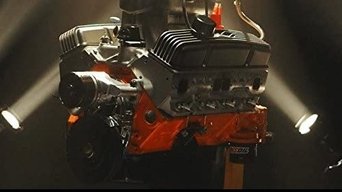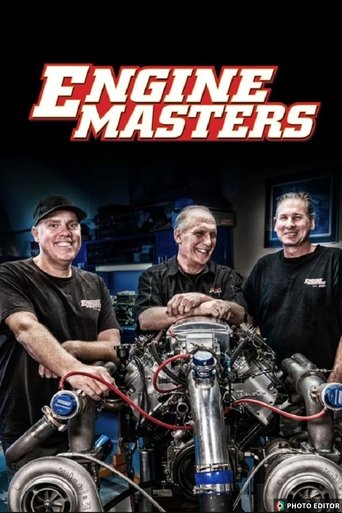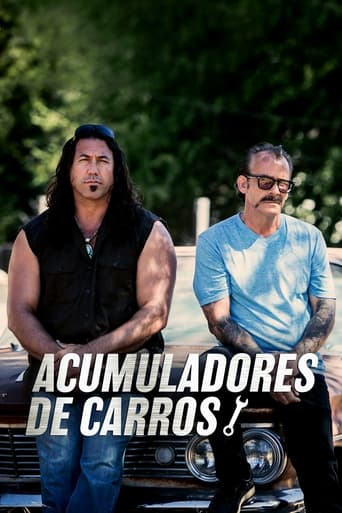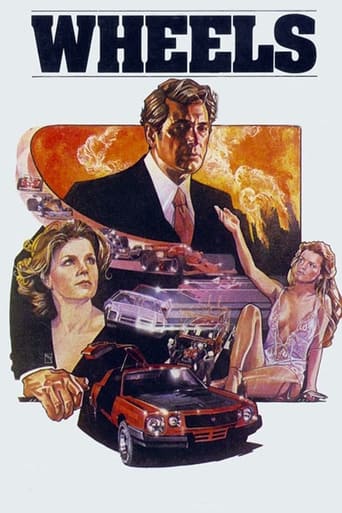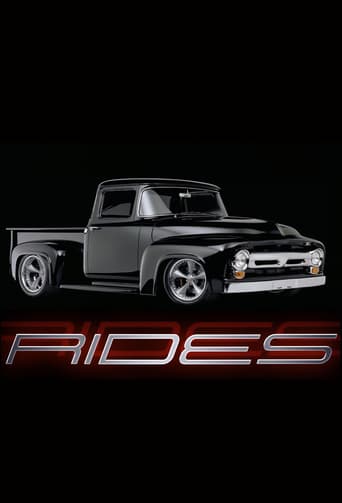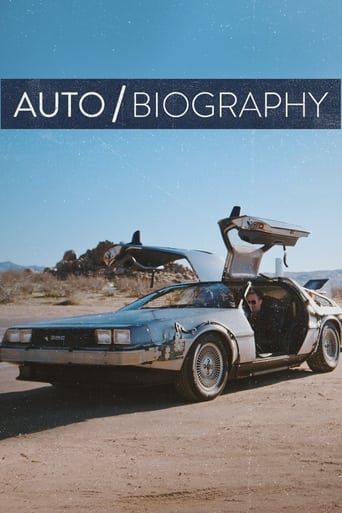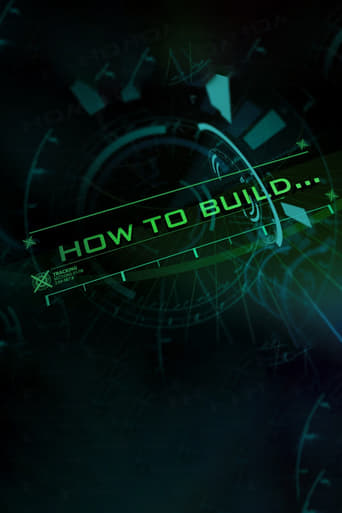With 30 Day Free Trial!
Engine Masters
2015 / TV-PG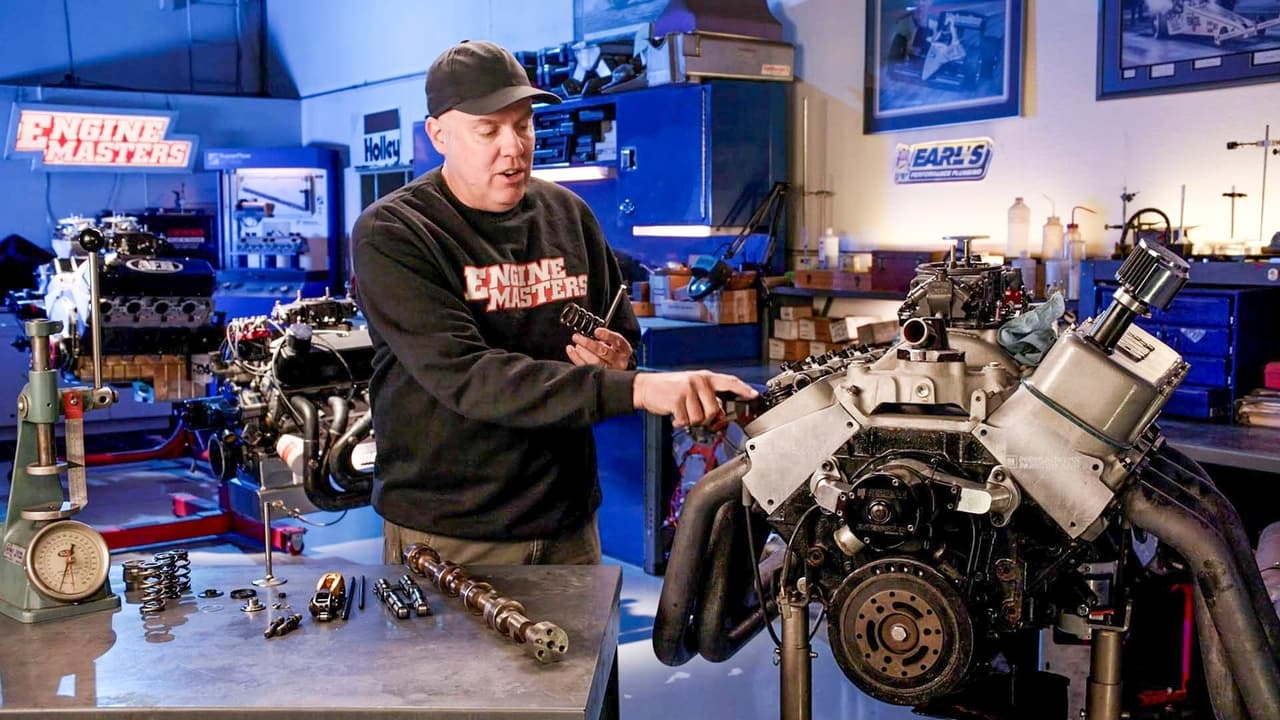
Auto parts testing and engine-to-engine shootouts.
Watch Trailer
With 30 Day Free Trial!
Engine Masters Season 1 Full Episode Guide
Increasing engine displacement with a stroker kit is a proven way to get more horsepower and torque, but exactly how much power can you expect? In this test of "there's no replacement for displacement," the hosts of Engine Masters run a dyno comparo you've probably never seen before: two engines with all the same specs except for the crankshaft stroke. One small-block Mopar engine is a 410ci stroker, while the other is a 367ci stocker with an overbore. They use the same carb, intake, cam, heads, compression, and headers. You think the bigger engine makes far more horsepower?
In this episode of Engine Masters presented by AMSOIL and sponsored by Mr. Gasket and Earl's Vapor Guard, we explore whether the price of a muffler makes a difference when it comes to performance.
Do you want to spend big bucks on a hydraulic roller cam setup or low bucks on the old-school flat-tappet cam? The answer depends on your desire for power and durability, and this episode of Engine Masters will spell out the differences in the two camshaft designs so you can decide what's best for your car. The test engine here is a 500hp, 400ci small-block Chevy crate engine from BluePrint Engines, and the camshafts and lifters are from Isky Racing Cams.
Cast-iron manifolds versus mid-length headers versus long-tube headers: Which one is best for you? In this episode of Engine Masters presented by AMSOIL, we again look to our loyal fan base to feed us ideas of power tests they want to see.
We show you why the age-old concept of pulling a used engine from a running car and slapping some speed parts on itmight not always be the best idea. Our special guest engine is the Mopar 360 small-block V8 from Episodes 3 and 4 of Roadkill Garage, where we plucked it from a 1975 Dodge truck and slapped it into a 1970 Dodge Challenger. For this show, we set up the 360 with all-stock parts, ran it on the dyno for a baseline, and then added a bunch of speed parts. We gained 140 horsepower.
The 13th episode of Engine Masters, presented by AMSOIL, is an unlucky one for a poor little 305ci Chevy small-block. It was the victim of our test of how much nitrous oxide power boost can be tolerated by a completely stock short-block with the original cast crank, rods, and pistons.
In episode 4 we famously destroyed a set of Hooker headers with a hammer to see if dents in tubes really make a difference in performance. Folks said our test was flawed because if dents in the tubes didn't affect performance, then the headers must have been too large to begin with. So now we've tested that theory, running three sets of Hookers on the same engine we used in the header-bash episode. We tried 1-5/8, 1-3/4, and 1-7/8. Were the viewers right that we'd picked wrong the first time?
The 408 is one of the most popular small-block V-8 stroker combinations for Chevy, Ford, and Mopar.
In this episode of Engine Masters presented by AMSOIL, you'll learn a simple combination for a 600hp big-block Chevy.
You're sitting around with your typical street/strip V-8 and wondering, should I get 2.5-inch-diameter exhaust pipes and mufflers, or should I go 3-inch? In this episode of Engine Masters, presented by AMSOIL, we will help you decide.
Boost is good. Forced induction makes huge power, and you want it cheap and easy. This time on Engine Masters presented by AMSOIL, we look at the two most affordable implements of boost from SummitRacing.com.
Dual quads! Three deuces! Eight barrels! Six jugs! The lore of multiple carburetors runs deep in the hot rodding world, and in the muscle car era it was common for the OE manufacturers to up their cars' performance
Topping your engine with a set of aftermarket cylinder heads is a near-certain method for making more horsepower and torque-but is the extra power really worth the money? In this episode of Engine Masters, presented by Amsoil, we answer that question.
This time on Engine Masters, presented by Amsoil, you'll learn a good combo for 470-plus horsepower from a stock-bottom-end 5.7L Dodge Hemi, and then see us add a Paxton supercharger in the hunt for 707 horsepower just like one of the new Dodge Hellcats.
If you've ever installed a set of high-performance exhaust headers, then you've probably bashed those exhaust tubes with a hammer to get them to clear everything in the chassis of the car.
It's our first head-to-head shootout with two engines: a Blueprint Engines crate Chevy 383 small-block versus a hand-built Mopar 383 by Engine Masters host Steve Dulcich. To make this a fair test, we equalized as many variables as possible
Should you run a carburetor, or should you try the new and easy self-learning EFI setups? We'll dish up answers in this episode of Engine Masters, presented by AMSOIL. Host David Freiburger, Steve Dulcich, and Steve Brule strap a 5.3L LM7 engine to the engine dyno and look at the price, installation, and power of a Holley 750-cfm double-pumper versus Holley's Terminator throttle-body EFI. The guys come up with a big part-mismatch nightmare along the way-one you should also watch out for. As you're watching the episode, keep in mind that most of the carb-vs-throttle-body info applies to any engine, not just the LS-style test mule. However, Holley does provide very simple, plug-in kits to power the LS platform. In fact, if you have a complete junkyard LS that still has the intake manifold, throttle body, and injectors, you can get a much cheaper LS controller that plugs right in.
In this first episode you'll find out if Blueprint Engines is accurate in its advertised power for a 400ci Chevy small-block crate engine, and then we'll see if Freiburger is justified in his love for dual carburetors and high-rise tunnel-ram intake manifolds-plus there's cash on the line.
Free Trial Channels
Seasons


